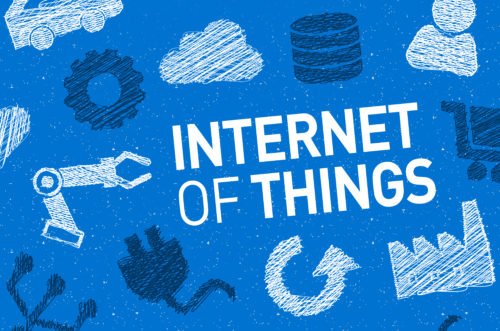Digital Twin Technology and the Industrial Internet of Things
Recent advances in sensor technology, computational capacity, and data analytics have created more effective ways to monitor conditions in fielded machines. Additionally, advances in asset-management technology present both challenges and opportunities for engineering test service providers.
Better Databases and Sensors Create a Digital Twin
In the era of the Industrial Internet of Things (IIoT), machines now come equipped with sensors that continuously monitor them throughout their operating lives. Data from operating machines provide OEMs with valuable information on the performance and durability of their field equipment. In addition, manufacturers can further analyze data to derive insights and ideas for product improvement and innovations.
Some leading OEMs envision that they’ll soon be able to continuously refine their equipment’s numerical modeling from field data, which will then create a perfect representation of the actual equipment in the field—they call the end result “The Digital Twin.” The Digital Twin will predict a given piece of equipment’s longevity and service needs to eliminate the threat of unexpected downtimes.
The Future of Equipment Testing

While test service providers must recalibrate their approaches to allow for the growing role of emerging technologies, we believe that companies like ours will continue to play a critical role in contributing to the development and innovation of high-performance machines.
Intense competition will continue to bolster demand and accelerate the pace for new technology development. This trend already prevails in many industries. For example, jet engines, whose development cycles used to take a decade or longer to complete, now are constructed in less than half that time.
Perfecting New Designs in Real Time
Although designers and engineers can greatly benefit from accumulated knowledge and past data, it can be hard to validate and analyze new designs as they’re being designed. This especially applies to new product designs that seek more than incremental improvements on previous versions, which inherently pushes the boundaries of know-hows and involved several decisions based on educated assumptions.
In situations like these, testing can bridge the information gap between the past and the future builds. In the early design and development phase, manufacturers can benefit from representative tests that reflect the part’s functionality and operating environment. In this event, Test Devices helps plan unique ways to evaluate high-performance and high-speed rotors.
This is just one example of how Test Devices adds more value to its tests while reducing costs.
Other Updated Testing Techniques
We at Test Devices are updating our procedures to provide the highest-quality equipment and product testing in today’s manufacturing environment. We provide a number of additional services depending on client needs.
Historically, we used to perform spin testing on final products, i.e., disks or wheels straight from the manufacturing line. While this approach has its merits, we can solely test with highly representative specimens, which are only possible in the later stages of product development. However, the downside is that the need for a production level part for testing imposes higher costs and schedule pressure.
To make up for this, we see more use of mini-disk type tests: With relevant purpose-designed geometries, materials and other effects of manufacturing processes. Planning a subscale test early enough in product development enables customers to eliminate some of the key design assumptions and experiment with different product builds.
For example, in jet engine development work, new material types like disk superalloys are very expensive. They’re also only available in limited quantities, especially in the early developmental stages. Using small test specimens allows customers to afford multiple tests per specimen design, helping them validate some key statistical information to more fully characterize material capability.
Test Devices is also investing in materializing subscale test capabilities. Our efforts focus on two key areas:
- Designing a test system that captures the most relevant test environment (for example, thermal gradient capabilities of more than 1,000°F per inch in the Highly Simulative Subscale Test [HSST] system)
- Enhancing our data measurement techniques, perfecting systems such as the Rotor Optical Strain System (ROSS) for full-field strain measurement
Test for Success at Test Devices
In the era of IIoT and Digital Twin, Test Devices will support our customers’ success through expeditious and high-fidelity test services that keep up with the fast pace of product development.
If you would like to learn more about how our high-quality testing services will maximize your latest project’s potential, contact us today.

